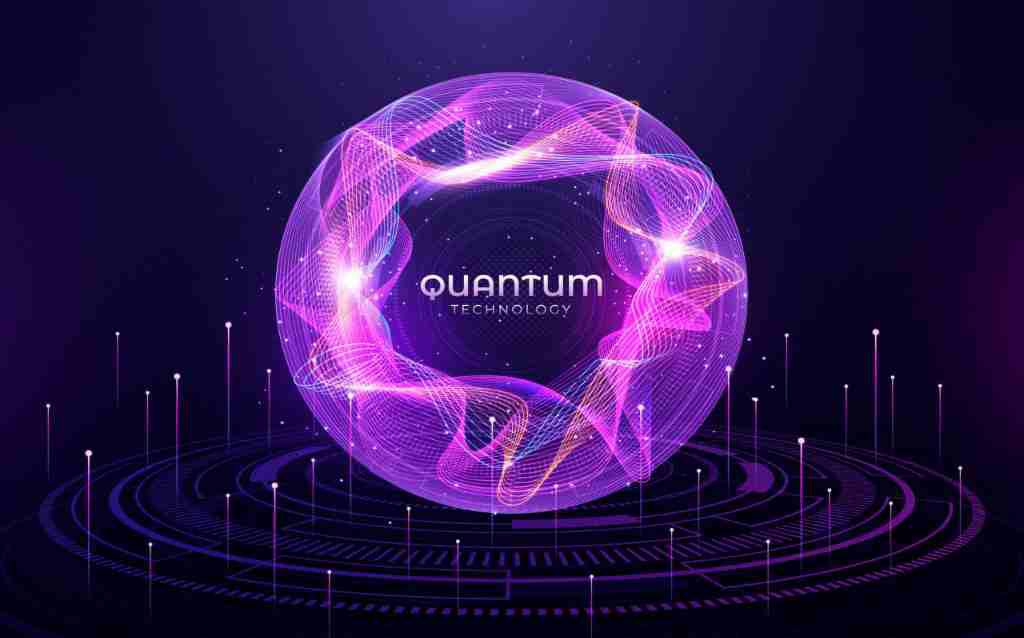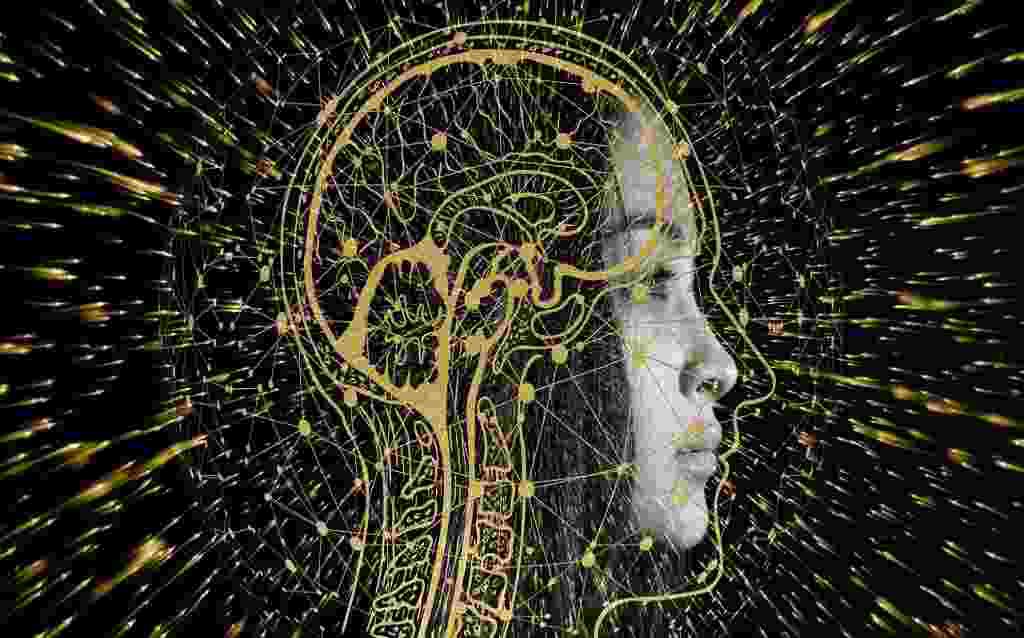Quantum cryptography is considered to be the most advanced and secure system for transmitting information. It uses the properties of quantum mechanics to ensure secure communication by detecting any attempted eavesdropping. However, it is still a developing technology and is not yet widely available for practical use.
Quantum Cryptography Advance Secure
Quantum cryptography is a field of study that uses the principles of quantum mechanics to develop methods for secure communication. It has the potential to provide unconditional security, meaning that no eavesdropper, regardless of their technological capabilities, would be able to intercept and understand the information being transmitted.

Advancements in this field include the development of quantum key distribution (QKD) systems, which use quantum properties of particles to establish a shared secret key between two parties, and the use of quantum entanglement to achieve secure communication.
The field is still considered to be in its early stages and many open research problems still need to be solved.
Who uses it and what it is used for
Quantum cryptography is currently being researched and developed by several organizations, including government agencies, universities, and private companies. It is primarily used for secure communication in the fields of finance, military, and government.
One of the key uses for quantum cryptography is the establishment of a secure key for use in traditional encryption methods. This is known as quantum key distribution (QKD). QKD uses the principles of quantum mechanics to ensure that a secret encryption key is exchanged between two parties in such a way that it cannot be intercepted or tampered with.
Another potential application of quantum cryptography is in the creation of a secure global communication network, called the quantum internet. This would provide a secure communication channel that is immune to hacking or eavesdropping, and it could be used for a wide range of applications including military, finance, and healthcare.
It is worth noting that quantum cryptography is still in the research and development phase, and it is not yet widely available for practical use. It also has its challenges, such as the requirement for a dedicated optical fiber infrastructure and the difficulty of scaling up the technology to a global level.
Quantum cryptography is considered to be the most advanced and secure system for transmitting the information. It uses the properties of quantum mechanics to ensure secure communication by detecting any attempted eavesdropping. However, it is still a developing technology and is not yet widely available for practical use.
These are so secure that no one can hack them
Quantum cryptography is considered to be one of the most secure methods of transmitting information because it uses the principles of quantum mechanics to detect any attempted eavesdropping. It is based on the laws of physics that make it impossible for an eavesdropper to intercept a quantum communication without altering it in a detectable way.
However, it’s worth noting that no system can be considered completely “unhackable” as there are always new techniques and technologies being developed that could potentially compromise a system’s security. Additionally, some potential vulnerabilities in quantum cryptography systems such as side-channel attacks and implementation errors could be exploited by determined attackers.
Therefore, while quantum cryptography is considered to be one of the most secure methods of transmitting information available today, it should not be considered completely invulnerable to hacking. It’s important to keep the system updated and to be aware of new threats and vulnerabilities.
Who invented these?
The concept of quantum cryptography was first proposed by Stephen Wiesner in 1983. He described a method called “conjugate coding” that uses subatomic particles to transmit information in such a way that any attempted eavesdropping would be detected. However, this concept was not realized at the time due to technological limitations.
In 1989, Charles Bennett and Gilles Brassard proposed the first practical implementation of quantum key distribution (QKD), a method of securely distributing encryption keys using the principles of quantum mechanics. This is considered to be the first significant step towards the development of practical quantum cryptography.
Since then, many other scientists and researchers have made significant contributions to the field of quantum cryptography, including Artur Ekert, who proposed the first theoretical design for a quantum key distribution network in 1991, and H.P. Lo and H.F. Chau, who proposed the first experimental implementation of quantum key distribution in 1999.
It’s worth noting that many scientists and researchers around the world are currently working on the development of new quantum cryptography systems and technologies..
How much is spent for this?
It is difficult to estimate the total amount of money that is spent on research and development of quantum cryptography, as funding for this field comes from a variety of sources, such as government agencies, private companies, and universities.
However, it is considered to be a highly active and rapidly developing field, with a significant amount of funding being invested in research and development of new quantum cryptography systems and technologies.
Various government agencies like National Quantum Initiative Act (NQIA) in the United States, Quantum Technologies Flagship in the European Union, and National Quantum Technologies Program in Canada are investing heavily in this field to ensure that they are at the forefront of this technology. Furthermore, private companies and venture capital firms are also investing in the development and commercialization of quantum cryptography.
Given the potential benefits of quantum cryptography in fields like finance, military, and government, it’s likely that investment in this field will continue to grow in the coming years.
What is a quantum computer? Why wasn’t it mass produced and sold to the public?
These computers were mostly used in large corporations…
Scientific research…
Space research…
Medical field…
In places like this, it is used…
Common people don’t need these computers..they are 100 times more powerful than the computers we use so we don’t need them..
It will also be very large in size…
What are the applications of quantum computing?
Quantum computers can be used to analyze the weather, recognize patterns, and forecast the weather at short notice and with great accuracy.
Drug design and drug formulation and development is a common task. This is because drug development is based on trial and error, which is an expensive and risky task.
Researchers believe that quantum computing is a better way to understand drugs and their reactions in humans
The day quantum computing becomes capable of successfully creating drugs, it will save pharmaceutical industries a lot of time and money. Also, more drug discoveries can be made with better results for pharmaceutical industries.
Computational Chemistry The superposition and entanglement properties of a quantum computer may give machines superpowers to successfully map molecules. It is believed to have application in many other fields.
![]()


[…] However, at that time, the network was not yet easily interoperable with other networks built on other technical standards.In the late 1970s, data transfer protocols began to develop rapidly and were […]
[…] G20 summit to be held in Delhi has turned the world’s attention towards […]
[…] stands for Low-Temperature Polycrystalline Oxide. It is a type of display technology that allows the refresh rate of the display to be dynamically adjusted, depending on the content […]
[…] is a possibility that Reliance Industries, headed by Mukesh Ambani, could enter the semiconductor manufacturing industry in India. […]